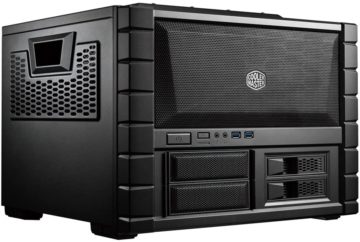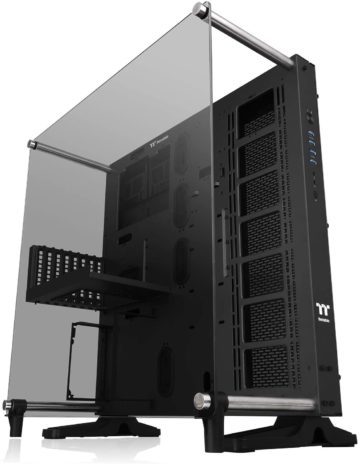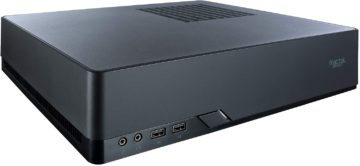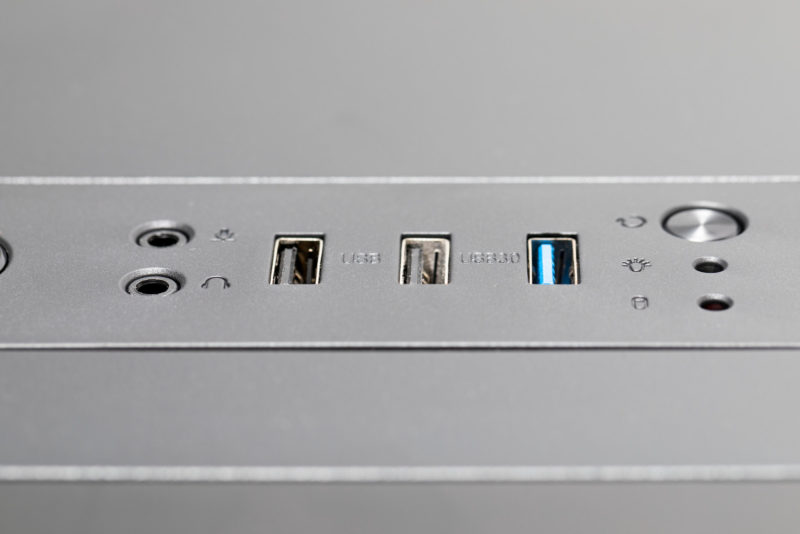This high-quality horizontal chassis has ample space for total flexibility, making it the perfect choice for serious gaming or other stress-heavy purposes.
Check Latest PriceBest Open Air PC Case in 2023
If you want to build your own PC with an open air case, this article will give you the top 9 best open air PC case you can get on the market today.





